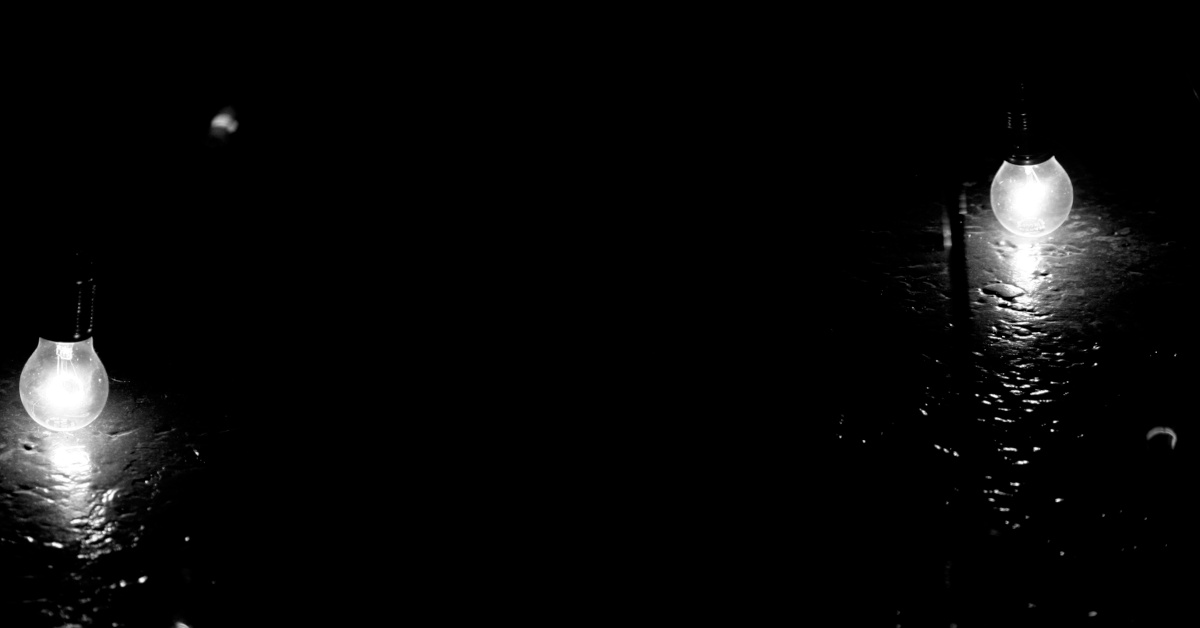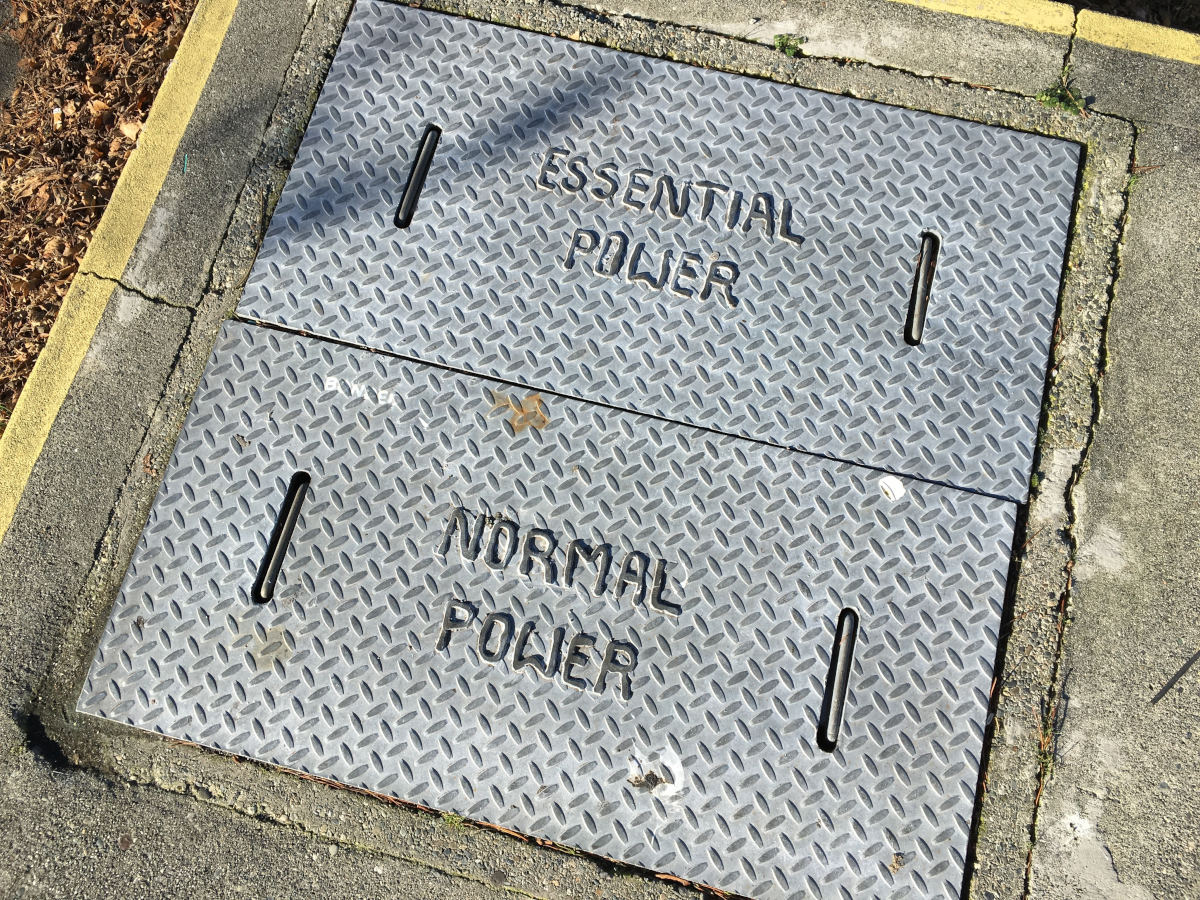In collaboration with Artie Vipperla, Founder, Energy’s Way
Real leaders can step into big moments and make something big happen.
They bring a personal power to critical moments that makes all the difference.

The key is to recognize the key moments where extra power is needed and to bring total being into those moments before it is too late. Think Churchill. Think Martin Luther King. Where did they find the personal power to make such profound changes in history?
This post will help you find the power and energy to make profound changes when life requires it.
Leaders can’t lead if there is nothing in the tank, i.e. if you are wired from stress, tired from over-work and mired in a detail swamp, it is unlikely you will make the difference you want to make. High impact leaders have enough energy to bring focus and intensity to the challenges and opportunities they face.
I recently taught a mindful leadership program to a group of senior executives.
These are practical people who spend their days doing things and managing others to get things done. I was introducing the notion of powering up and empowering down based on sources similar to those that ushered into the managerial mainstream such additions as training in listening, empathy, and emotional intelligence. I positioned this mindfulness training as a way to power up leadership energy and to empower staff by welcoming their creativity and fresh ideas.

Executives understand power.
Like any ability, resource, or skill, power is defined by the context in which we find ourselves or wish to apply it. Churchill’s context was World War II. Martin Luther King played a powerful leadership role in the Civil Rights Movement in the 60s. In management, the most familiar contexts are implied in the common division between wielding power over people or empowering them. My goal in the mindful leadership program was to provide executives with tools for increasing their own power and the power of the people who work for them.
Powering Up:
Let’s focus first on the possibilities for powering up and see if we can bring some common sense to catch up with Einstein of a century ago, who said, “We need a new way of thinking.”

To bite off just a very small piece to chew of what that might mean, he was referring to the revolution in science and philosophy that came with the discoveries that “all is energy” (his Nobel insight of 1905) and “energy is action” (Max Planck’s insight of 1900).
Energy, classically defined as the ability to do work, is a synonym for power, our word from the Latin that means “to can” or “to be able.”
It turns out that action was also found by Planck to appear in the universe in sequences of unfolding—like whole numbers, the most simple of which being one-two-three.
One vast, still considered, far-out body of work holds that this 1-2-3 sequence (or action-reaction-result) is THE basis for all energetic action everywhere a la Bucky Fuller’s Synergetics.
When we classify power or energy as binary, or only two-fold, we are likely missing something crucial.

So along comes a contribution that now suggests what that missing aspect of power might be.
When you accomplish the simplest action bodily, e.g. walking, you step forward with one leg leading while shifting weight onto the one trailing behind, while then coordinating by including both the forward reach and backward shift onto phases of the action together.
You can find this 3-fold pattern all over, including in any exertion of one muscle like a bicep curl that requires you to let go in your tricep but coordinate with many others to co-accomplish the full action.
What do martial artists consider the most powerful of all martial arts? Tai chi.
Tai chi is practiced in what looks like slow motion, but its purpose is not to learn how to reduce speed, but rather to increase the amount of that all-penetrating will and energy-power that enables full entry into high-possibility moments. Tai chi practice, however, is done best by savoring moment to moment.
Then, when speed is necessary in a crisis, practice has so accumulated in the artist that the power to act with immense impact and great results comes effortlessly.
It just so happens that another source from the East, Sun Tzu, wrote the greatest treatise ever on The Art of War.
Our fellow Vietnam veterans who interviewed officers after Vietnam on how they dealt with that fiasco found some who identified Sun Tzu’s masterpiece as the missing wisdom that needed to be incorporated in the training of the US military.
Unfortunately that generation of soldiers came and went and the new crop, those tagged to go into Iraq and Afghanistan, were no longer champions of Sun Tzu.
One of his most famous teachings goes something like:
The greatest general wins without fighting,
The people follow because he leads with the Tao.
How can YOU practice in a way that’s simple, and convenient? Two ways. First, start with one of the most familiar actions in your life, breathing; and then we’ll follow up with one you did as an infant when you finally learned to roll over, get up on all fours and crawl, hips going one way, shoulders another—not just like a machine with hinges, but organically, a flowing dance-like movement doing approximate figure-8s that go in opposite directions.
So, powering-up is a combination of a 1-2-3 dance while moving in figure 8’s that honors Einstein, Fuller, and Sun Tzu. For deeper explanations and a demonstration by Artie and me, go to this link: https://www.youtube.com/watch?v=Ps5m0Wy7osE
Empowering Down:
Now let’s transition for a moment to empowering down by drawing on two more ancient sources as aids.
Empowering down is important because teams learn best when the team finds the strength outside of the leader to drive change and growth.
Most moments don’t require leaders to bring the full force of their being into play.
While not usually advertised as a matter of power or even energy, the singular human achievement to practice in the tradition that founded Western spirituality encoded the crowning event of all creation as what is usually termed “rest.”
It’s called the word for rest in the Bible’s original language, or sabbath.
Actually, the wording that appears in Genesis as the beginning of the second day has four verbs, just like all action is best voiced in action words, or verbs. A subtle interpretation of those four verbs is:
“Let the finishing touch of all you do be to give up effort, bless and make holy.”

Translated to leadership lexicon it goes something like this: let go of control, give people freedom, support innovation, and celebrate success.
How is that about empowerment?
Any answer will be more persuasive if we bring in a parallel source dating from about the same period in history but the other side of the planet. China’s most sublimely wise sage, Lao Tzu, wrote a short work, the Tao Te Ching, that remains a classic 2500 years later.
Here’s his treatise in a few lines, in a modern interpretation:
True leaders
are hardly known to their followers.
Next after them are the leaders
the people know and admire;
after them, those they fear;
after them those they despise.
When the work’s done right…
Ordinary people say,
Oh, we did it.
This sage’s famous word for Western Sabbath is translated as non-doing.
To place this idea in context of 1-2-3, Lao Tzu championed the refinement of the culmination of all action—the coordination of action-reaction, or doing—with what we will call allowing. This pairing of making things happen and allowing things to happen is like every muscle group in our body, only it works by way of a kind of will or power or energy that is not exerted over them, but so penetrates within both, that they can be brought into harmonic collaboration like ordinary people who say, “We did it.”
THIS we will call welcoming.
Welcoming:
You can see it being practiced if you search for tai chi masters on YouTube.
But the refining of action from “do” to “allow” to “welcome” brings about an evolving expression, so that you go from doing in order to control, to allowing so as to make room to include, and then welcoming to so infuse knowing and caring that action comes gracefully, as if with no effort at all.
This is the idea of “non-doing” or empowering.

With any situation of your personal or work life, virtually guaranteed is that with these ideas and practice you’ll get better at identifying problem areas as ones where you are bound, for whatever reason, into doing so as to control, or doing again to avoid being controlled.
You do better when you shift or are able to shift into allowing.
But you and people around you will be most effective and fulfilled when whoever is feeding them power (you in this case, right? Since it’s YOUR life) does it in the most sublime way, by welcoming them into THEIR power, to do and eventually to progress through allowing and welcoming. In short, you lead, seed and feed. (Lead by doing, seed by allowing, and feed by welcoming)
So, back to the training session I just conducted.
Imagine this group of corporate executives welcoming being guided through breathing and mindfully walking (dancing) around the big table in the Board Room practicing subtle figure 8 movements as they walked.
Yeah, I know, it’s hard to imagine.
But what they reported was not only feeling more pleasant, but also feeling more infused with power that they could bring to bear in any moment of their choosing.
Yes, I heard complaints. “I don’t have time for this “stuff!” I responded,
“You can’t eliminate breathing and walking from your life so you might as well make them pleasant and power-generating. And, you will have much more power left for yourselves in big moments—especially if you are empowering your staff by welcoming their creativity!”
Now, where does loving through come into play here?
Loving Through:
Martin Luther King summed up this notion best in his quote:
“Power without love is reckless and abusive, and love without power is sentimental and anemic. Power at its best is love.”
Dr. King understood the dynamics of power and the consequences of the opposite of empowering—slavery. He was an amazing leader who brought tremendous power to many big moments and empowered his people in the process.
The biggest reason he was so successful, however, is that he continued to put love as the centerpiece of his platform instead of hate and fear.
In today’s turbulent world, leaders need to emulate the wisdom and character of this giant whose contributions we recently celebrated on the 50th anniversary of his murder. He was filled with personal power; he fulfilled his mission by empowering people of all ages, gender, and ethnic origins; and he led with love.
In the face of all the challenges we are confronting today, his lesson of leading through love is absolutely critical.
Only by loving ourselves, loving others, and loving Nature do we have a chance of surviving the next 100 years on this planet. Loving through enables leaders to create a fabric in their communities with a common connection. Love is the energetic wave that binds us all together.
The three requirements of leading with love are empathic understanding, radical acceptance, and the ability to have courageous conversations.
Leading with love engages employees and increases passion for the work.
Our capacity to love is diminished when we give into resentment, bitterness, or divisive narratives. Thus the need for loving through the difficulties and challenges that inevitably arise.
Putting it All Together
Now let’s put it all together by showing how our 1-2-3 dance of do-allow-welcome applies to all three topics we covered in this post: powering up, empowering down, and loving through.
| Do | Allow | Welcome | |
| Powering Up | Master executive functioning | Exertions to radiate | Effortless impact moment to moment |
| Empowering Down | Control | Inclusion | Innovation |
| Loving Through | Extend | Experience of being loved | Revelations for new possibilities |
May you find opportunities to fill up your tank, help the people in your life and work fill up their tanks, and welcome diverse contributions with love in your heart.




Powerful stuff Ricky! Thank you!